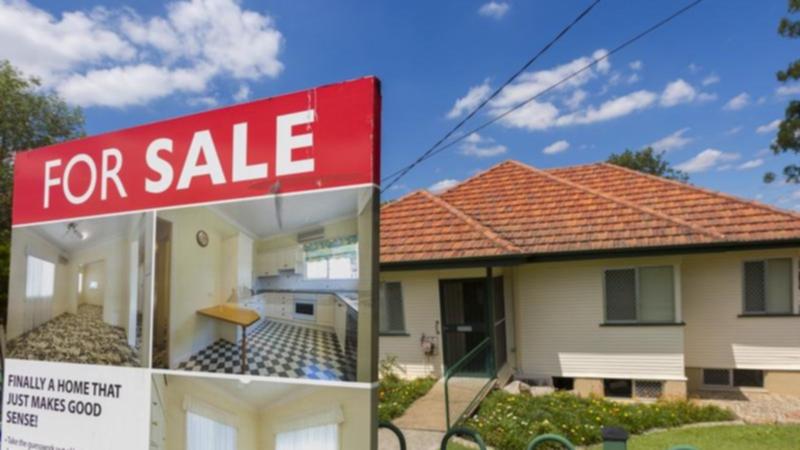Reserve Bank of Australia has workshopped the worst-case scenario for borrowers

Borrowers are by and large dealing with higher interest rates without falling too far behind on mortgage repayments but a fall in house prices could spell trouble for many Australians.
The Reserve Bank of Australia said the nation’s financial system was in relatively good health in its half-yearly financial stability review on Thursday.
Most mortgage holders have seen minimum repayments rise by between 30 per cent and 60 per cent since May 2022 but high cash buffers and low unemployment have left borrowers well-placed to pay off their debts.
Sign up to The Nightly's newsletters.
Get the first look at the digital newspaper, curated daily stories and breaking headlines delivered to your inbox.
By continuing you agree to our Terms and Privacy Policy.The Reserve Bank found a larger-than-expected fall in employment would increase the rate of borrowers in mortgage arrears but not enough to threaten lenders.
Despite a gradual softening in the job market, conditions remain tight.
Fresh data from the Australian Bureau of Statistics on Thursday showed there were 330,000 job vacancies in August — 18,000 or 5.2 per cent fewer than in May.
“While the number of job vacancies has fallen over the past two years, they remain 45.1 per cent higher, or 102,000 more, than before the COVID-19 pandemic,” bureau head of labour statistics David Taylor said.
Even if borrowers fall behind, few risk making a loss as they can sell their property to repay their loans in full as a last resort.
The central bank said only around 0.5 per cent of loans in arrears are estimated to be in negative equity, where the loan amount exceeds the value of the property, meaning they would make a loss if they defaulted.
However, if property values drop, many more mortgage holders could fall into negative equity.
In a severe downside scenario envisaged in the review, where house prices fall by 30 per cent, the share of loans in negative equity would increase to nine per cent, although those losses would only be realised if borrowers were unable to service their loans.
However, with the Reserve Bank board tipped to start cutting interest rates within the next six months, the chances of a dramatic fall in house prices is slim.
CoreLogic research director Tim Lawless said lower interest rates should lead to an improvement in borrowing capacity and consumer confidence, which along with worsening undersupply of newly built homes, should keep a floor under house prices.
“However, housing affordability remains quite thinly stretched which should naturally prevent a significant rise in purchasing activity even with interest rates coming down,” he said.
Dwelling prices across the five major capital cities grew 7.1 per cent over the past year, according to CoreLogic’s home value index.
Mr Lawless said borrowers had weathered the storm of higher interest rates and cost-of-living pressures surprisingly well but were now pulling back on spending as their savings eroded.
“I think we would be naïve to think mortgage arrears won’t rise further from there, but as long as labour markets remain reasonably tight and property prices don’t fall materially, I would be surprised if mortgage arrears rose substantially above the long-run average,” he said.
The Reserve Bank did warn that if falling interest rates caused borrowers to take on more debt and lenders to extend credit to riskier borrowers, it could trigger an unsustainable property price bubble.
That in turn could “increase the risk of a substantial market correction that could deplete households’ equity buffers and result in broader economic disruption”.
